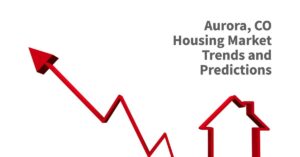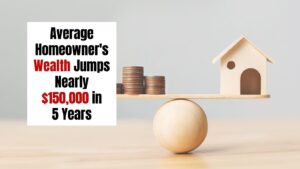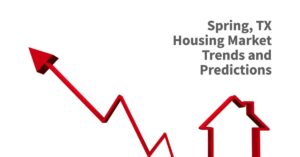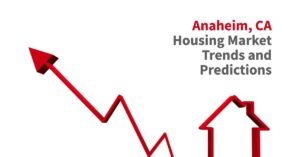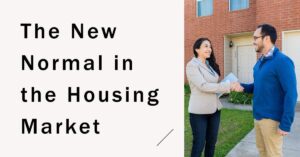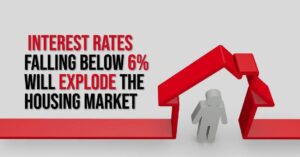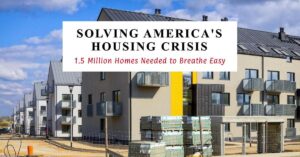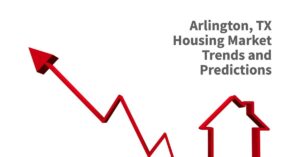In a world where the dream of homeownership seems increasingly out of reach for many, Louisville, Kentucky, emerges as a beacon of affordability, according to a recent study by the Frontier Centre for Public Policy in Canada and researchers at Chapman University.
This comprehensive study, which delved into housing market data from the third quarter of 2023, has placed Louisville alongside Cincinnati, Ohio, as the ninth most affordable housing market globally.
Louisville's Rise in the Housing Market: A Closer Look
The study, authored by Wendell Cox, analyzed 94 major cities across eight countries, including Australia, Canada, China, Ireland, New Zealand, Singapore, the United Kingdom, and the United States. It found that while the gap between housing costs and income has widened since the pandemic, certain areas like Louisville offer a glimmer of hope for those aspiring to own a home.
The affordability of housing in Louisville is a significant indicator of the city's commitment to maintaining a balance between living costs and quality of life. This is especially pertinent in the wake of the pandemic, which has seen a surge in remote workers seeking more spacious living arrangements. The shift towards remote work has undoubtedly contributed to the increased demand for housing, yet Louisville has managed to keep its market accessible.
Cox's remarks on the study highlight the broader social implications of housing affordability. He suggests that restrictive housing policies, often presented as progressive measures, may actually have regressive effects on social mobility. The findings of the study serve as a critical reminder of the importance of developing housing policies that promote both affordability and opportunity.
Louisville's ranking is not just a statistic; it represents the city's potential to serve as a model for other urban areas grappling with the challenge of making housing affordable. As cities around the world strive to find a balance between growth and livability, Louisville's success story offers valuable insights into how policy and market forces can align to create a more inclusive housing landscape.
The Demographia International Housing Affordability 2024 edition's recognition of Louisville is a testament to the city's efforts to remain an affordable option for residents. This distinction could very well attract a diverse population looking for a place where the American dream of homeownership remains intact and within reach.
So, What Factors Are Possibly Contributing to Louisville's High Ranking?
- Affordability: Louisville offers a larger share of affordable homes when compared to the national average. This affordability is particularly appealing to homebuyers who are looking for quality housing without the hefty price tag associated with larger urban centers.
- Economic Diversity: The city's economy is diverse, with strong sectors in manufacturing, education, healthcare, and government. This diversity provides stability and job opportunities, which in turn support the housing market.
- Pandemic-Era Changes: The early stages of the COVID-19 pandemic saw mortgage rates drop to record lows, leading to a surge in homebuying activity. Although rates have since increased, the shift in buyer preferences towards mid-size cities like Louisville, which offer both affordability and quality of life, has remained.
- Home Equity: A significant portion of homeowners in Louisville own their homes outright, which means they have equity to build upon. This financial stability can contribute to a more robust and resilient housing market.
As we look to the future, the conversation around housing affordability is more critical than ever. Studies like the one led by Cox provide a data-driven foundation for policymakers, developers, and community leaders to understand the dynamics at play and to forge pathways that ensure everyone has access to affordable housing. Louisville's example stands as a beacon, guiding the way towards a future where affordable housing is not an exception but a norm.
As the housing market continues to evolve, it will be interesting to see how Louisville adapts and maintains its position as a top contender. With its combination of affordability, economic diversity, and quality of life, Louisville is well-positioned to attract a wide range of homebuyers looking for a place to call home.
Louisville's recognition as a top housing market is a clear indicator of its growing appeal and potential for future growth. It's a city on the rise, and for many, it could be the perfect place to invest in a home.

